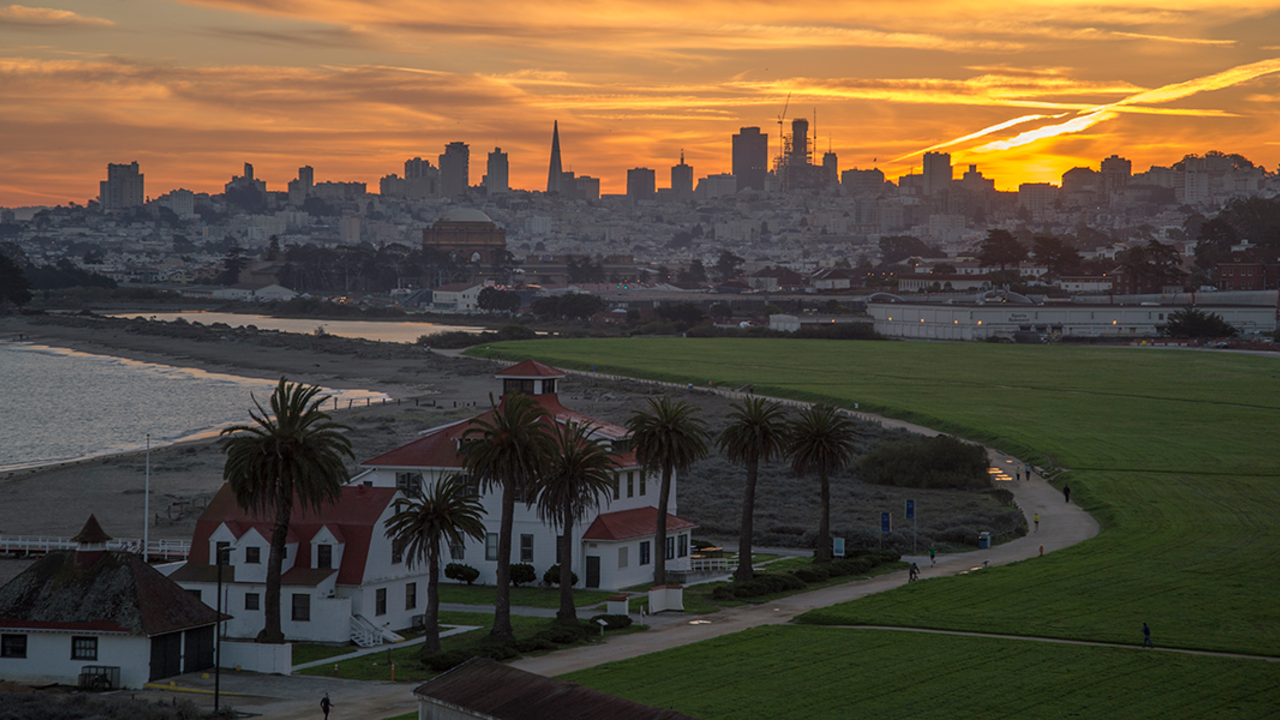Capturing Your Vision: Walking the line of digital image manipulation–is that really how it looked?

Alison Taggart-Barone/Parks Conservancy
If you’ve ever shared your park photos with friends, chances are you’ve caught yourself explaining how the pictures simply don’t do the beauty of the moment justice. Shooting a scene can be as easy as pointing and clicking, but capturing the actual experience of that scene is something that even the most seasoned professional photographers struggle with on every shoot.
My approach to photography has always been that the image is only half-complete upon initial capture. Even modern digital image sensors can't capture the full tonal spectrum that our eyes can see, so many photographers try to work around this shortcoming in post-processing, myself included.
HDR (high dynamic range) has quickly become one of the most popular methods of bringing out the full tonal details of a photograph—particularly in the world of landscape photography. This technique was used by only the savviest tech geeks some five years ago, but nowadays even smart phones have some kind of rudimentary HDR processing capability.
Traditional HDR involves using a tripod and bracketing shots at different shutter speeds in order to capture a scene’s full tonal spectrum—from darkest to lightest. Using any number of blending techniques or special software, photographers combine these bracketed photos into one image to bring out details in even the brightest whites and darkest blacks.
There’s one catch, though: photo manipulation (HDR in particular) is perhaps one of the slipperiest of all artistic slopes. With just a couple clicks of the mouse, it’s all too easy to go way too far, way too fast. There’s a fine line between bringing a scene to life and making it look like a tacky and oversaturated fantasy world.
Experienced photographers strive to achieve a more natural look and feel before post-processing—capturing the desired image in-camera, using filters and advanced shooting techniques. Yet, for those amateur shutterbugs looking to take it to the next level, this is one of most comprehensive and complete HDR tutorials out there: http://www.stuckincustoms.com/hdr-tutorial/.
It’s up to the photographer to decide whether they want to document a scene as a journalist or to interpret it as an artist. In the latter case, the effort to illustrate an experience of a particular place in time requires at least some form of image manipulation.
Now get out and walk that line as you try to bring park landscapes to life, and share your results on our Flickr page!